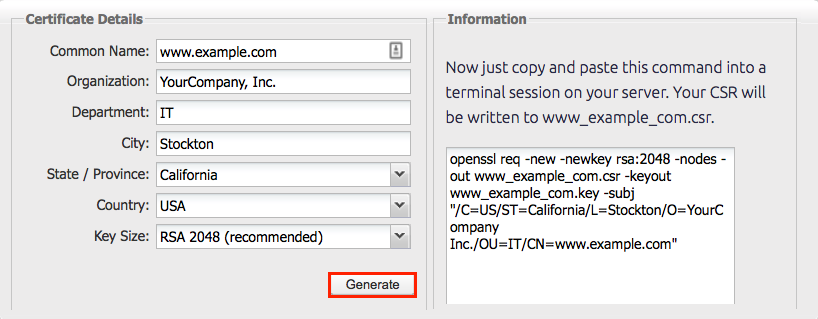How to Setup SSL on Apache2
Securing your website with SSL (Secure Socket Layer) is essential to protect the data transmitted between your web server and visitors. In this guide, we will walk you through the steps to set up SSL on Apache2, a popular web server.
Step 1: Install Apache2
If you haven’t already installed Apache2, you can do so by running the following command in your terminal:
sudo apt-get update
sudo apt-get install apache2
Step 2: Install SSL Module
Next, you’ll need to install the SSL module for Apache2. Run the following command to do so:
sudo a2enmod ssl
sudo systemctl restart apache2
Step 3: Generate SSL Certificate
Now, you’ll need to generate an SSL certificate for your domain. You can do this using Let’s Encrypt, a free and automated certificate authority. Install Certbot by running the following commands:
sudo apt-get update
sudo apt-get install certbot python3-certbot-apache
sudo certbot --apache
Step 4: Configure SSL Virtual Host
Update your Apache configuration to enable SSL for your site. Edit the SSL configuration file using a text editor:
sudo nano /etc/apache2/sites-available/default-ssl.conf
Add the following lines to the configuration file:
SSLEngine on
SSLCertificateFile /etc/letsencrypt/live/yourdomain.com/fullchain.pem
SSLCertificateKeyFile /etc/letsencrypt/live/yourdomain.com/privkey.pem
Save and close the file. Enable the SSL virtual host by running:
sudo a2ensite default-ssl
sudo systemctl restart apache2
Step 5: Test SSL Configuration
Finally, test your SSL configuration to ensure everything is set up correctly. Visit https://yourdomain.com in a web browser. If you see a padlock icon, your site is now secured with SSL!
Congratulations! You have successfully set up SSL on Apache2. Your website is now more secure and can protect the data of your visitors. If you encounter any issues during the setup process, refer to the official Apache documentation or seek help from the community forums.
